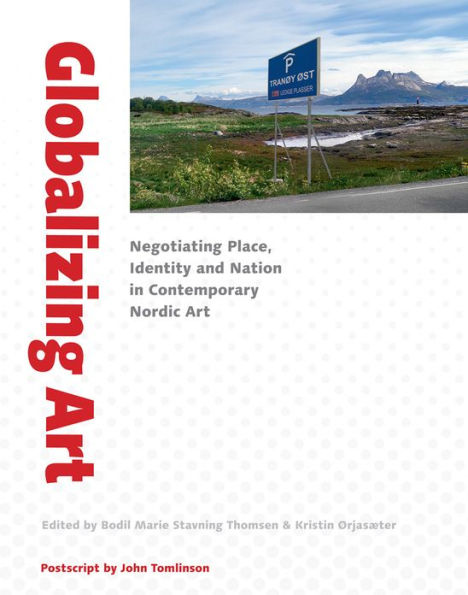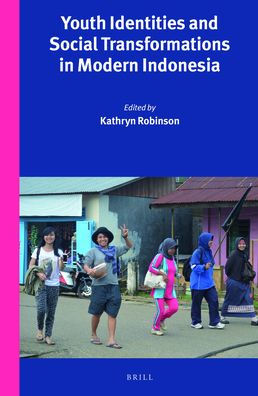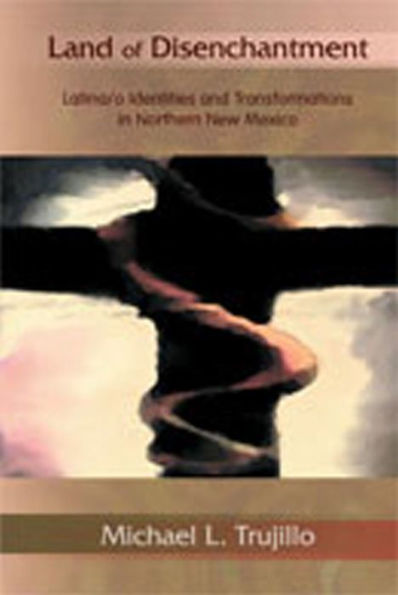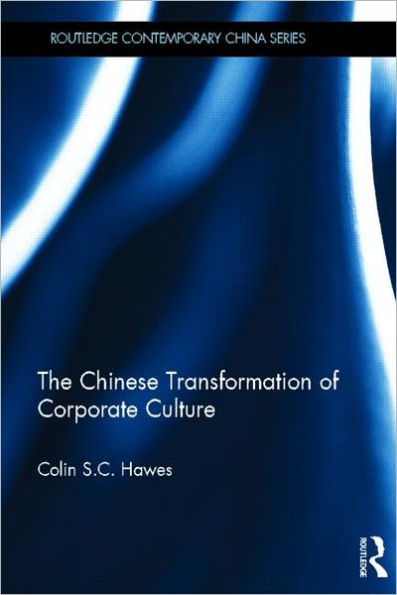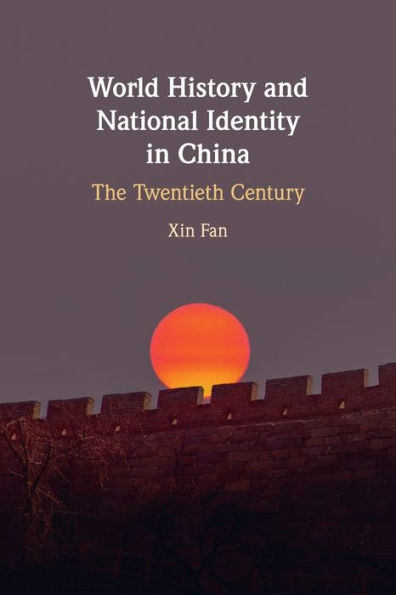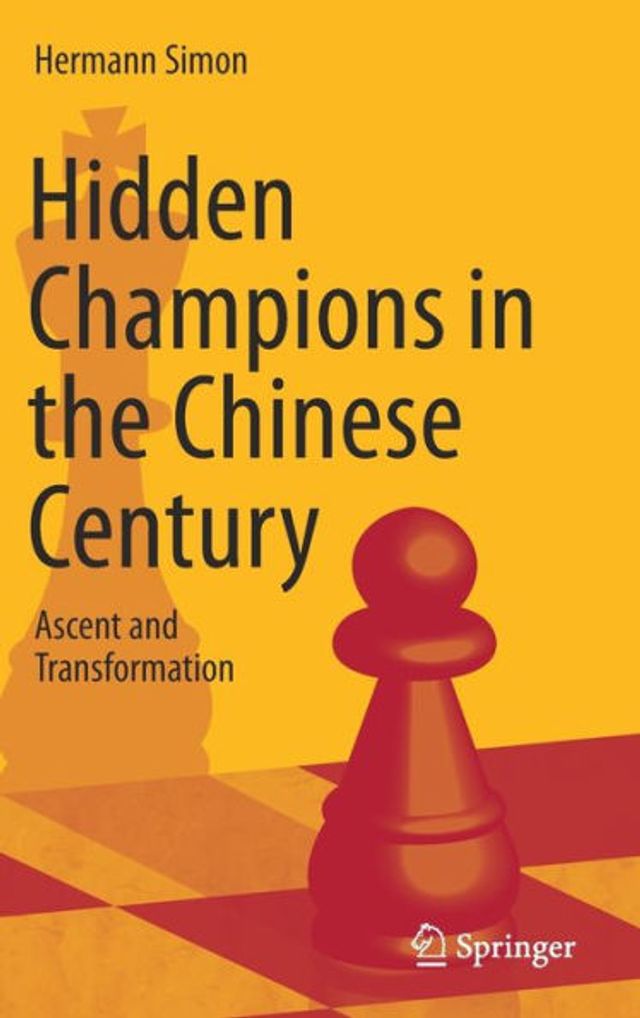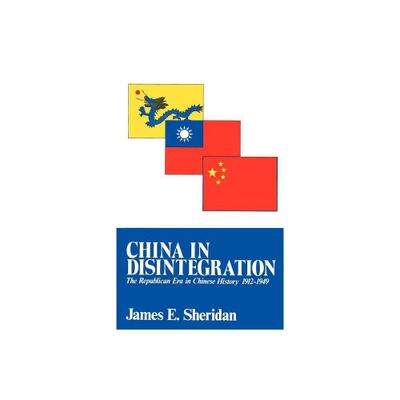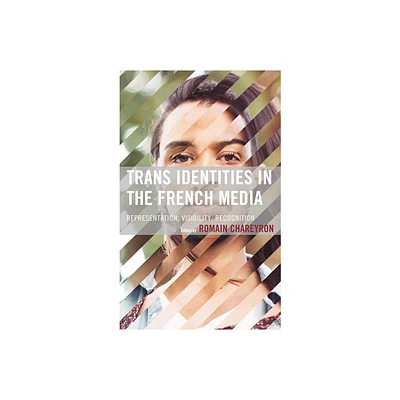Home
Brand China the Media: Transformation of Identities
Loading Inventory...
Barnes and Noble
Brand China the Media: Transformation of Identities
Current price: $52.95
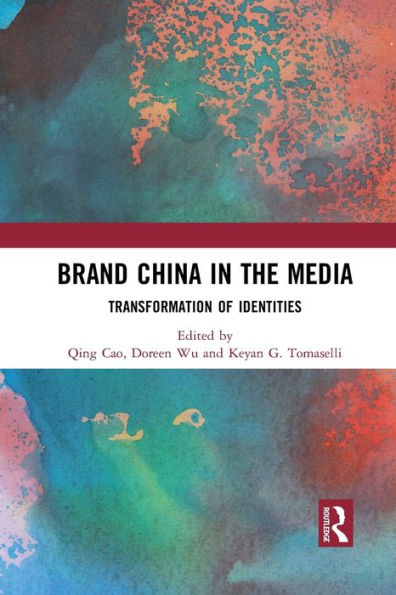

Barnes and Noble
Brand China the Media: Transformation of Identities
Current price: $52.95
Loading Inventory...
Size: Paperback
*Product Information may vary - to confirm product availability, pricing, and additional information please contact Barnes and Noble
This book examines China’s identity transformations with a focus on self-perceptions and their representations and communication in the mass media. By considering the internal dynamics of change, it explores the emerging multifaceted ‘China brand’.
With its growing economic clout, China has taken a proactive stance in shaping global economic and strategic order through ambitious programmes such as the Asian Infrastructure Investment Bank and the ‘Belt and Road’ initiative. However, as a developing country, China is at pains to manage its own transformations while trying to carve out an international identity. Arguably, China’s unique sense of history and identities may lead to a ‘contested modernity’ or ‘multiple modernities’; radically different from the prevalent classical theories of modernisation and convergence of industrial societies. To understand China’s trajectory of future development has been a major issue in international affairs. This book is concerned with how China’s hybridised identities are articulated, and intertwined with situational, institutional, and societal dynamics – and how they are interwoven with China’s international outlook which converges with or diverges from China’s historical assumptions and beliefs.
This book will be of interest to those studying China’s identity in the media; situated at the juncture of past, present, and future, and between China and the wider world. The chapters in this book were originally published in
Critical Arts
.
With its growing economic clout, China has taken a proactive stance in shaping global economic and strategic order through ambitious programmes such as the Asian Infrastructure Investment Bank and the ‘Belt and Road’ initiative. However, as a developing country, China is at pains to manage its own transformations while trying to carve out an international identity. Arguably, China’s unique sense of history and identities may lead to a ‘contested modernity’ or ‘multiple modernities’; radically different from the prevalent classical theories of modernisation and convergence of industrial societies. To understand China’s trajectory of future development has been a major issue in international affairs. This book is concerned with how China’s hybridised identities are articulated, and intertwined with situational, institutional, and societal dynamics – and how they are interwoven with China’s international outlook which converges with or diverges from China’s historical assumptions and beliefs.
This book will be of interest to those studying China’s identity in the media; situated at the juncture of past, present, and future, and between China and the wider world. The chapters in this book were originally published in
Critical Arts
.
